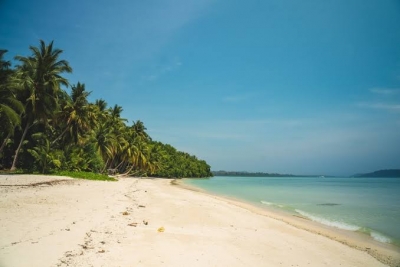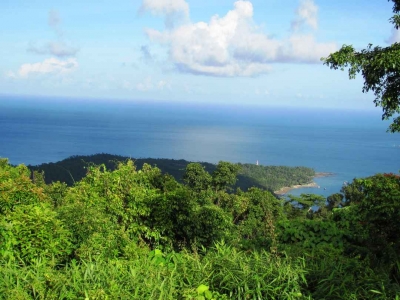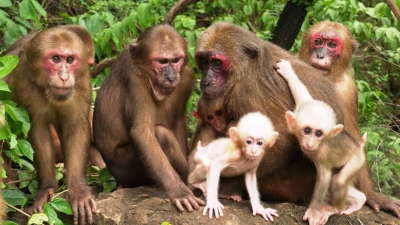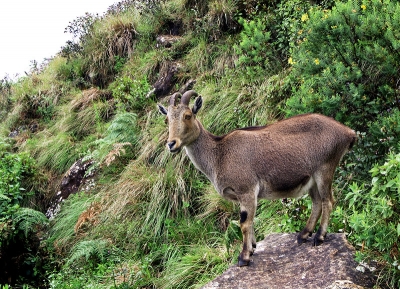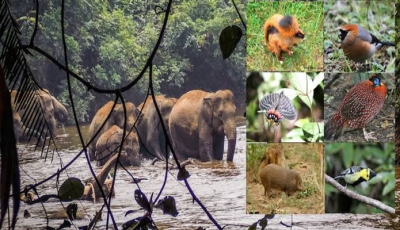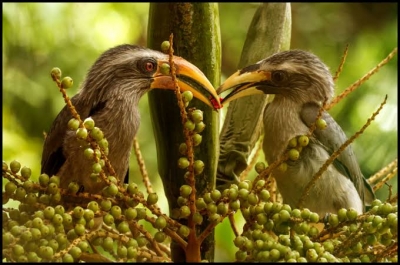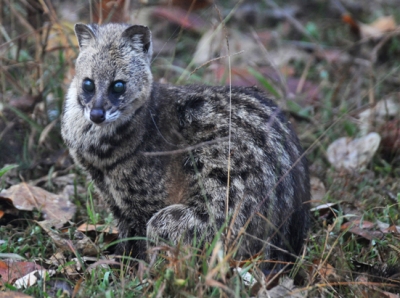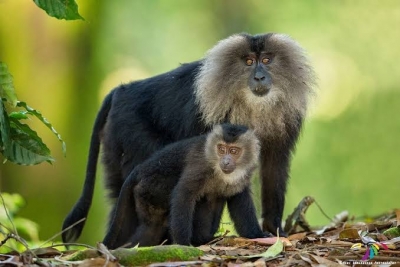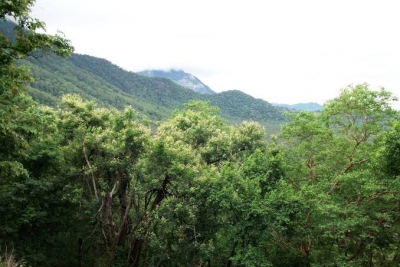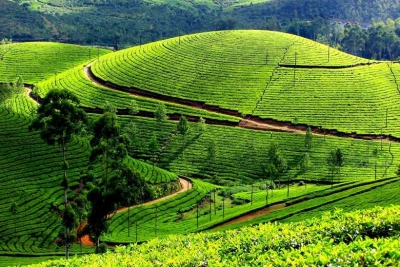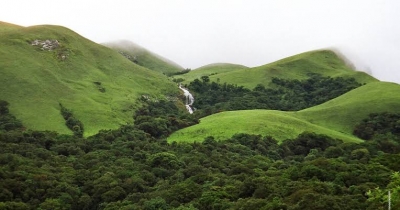What are the major threats faced by the rainforests of the Nicobar Islands? Name some protected areas in the islands.
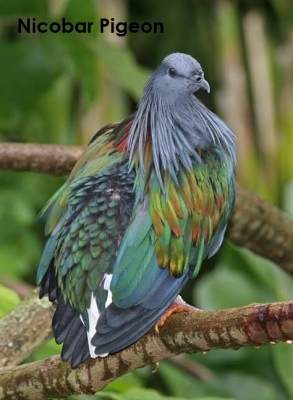
Have you ever wondered how difficult it would be if wild animals invaded your cosy little house? What if they started living in it without your consent?
Rainforests are to plants and animals what homes are to us: a refuge, a shelter, and a peaceful place to eat.
Rainforests are cleared extensively to create space for cultivating essential crops. Trees are cut for fuel, cattle are grazed in forests, and large areas are burned to grow better grass for cattle feed. Exotic plants and animals are hunted for the pet and ornament market. Such conversion of natural habitats to suit Man’s needs defines the gravity of destruction caused to the rainforests.
Thankfully, Nicobar Island was declared as a biosphere reserve by the government in 1989 and was later included in UNESCO’s biosphere programme. Today, about 57 per cent of the island’s total area has been protected, the most important being the Campbell Bay National Park and the smaller Galathea National Park.
The Campbell Bay National Park received its status in 1992. It is located on the Great Nicobar Island and forms part of the Great Nicobar Biosphere Reserve, a perfect ambience for the growth of various endemic species.
The Galathea National Park is separated from the Campbell Bay National Park by a 12 km wide forest buffer zone. The Park has substantial tropical and subtropical moist broadleaf forests, and its notable fauna species include the Giant robber crab, the Nicobar pigeon, and Megapodes, which are chicken-like birds. This Park is also home to the Shompens, a vulnerable tribal group of hunters and gatherers that survive on forest resources alone.
Picture Credit : Google
